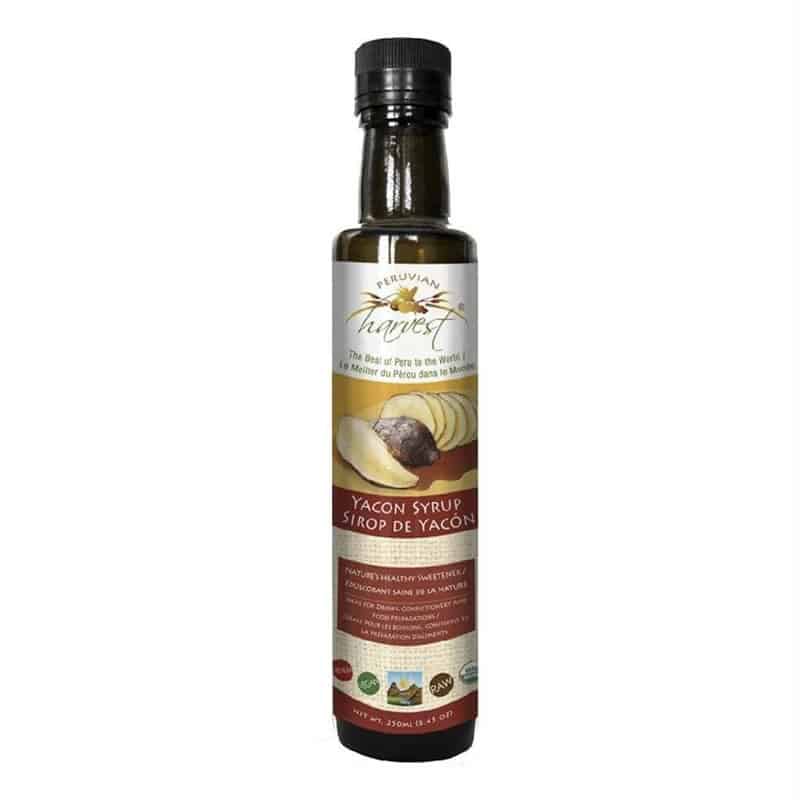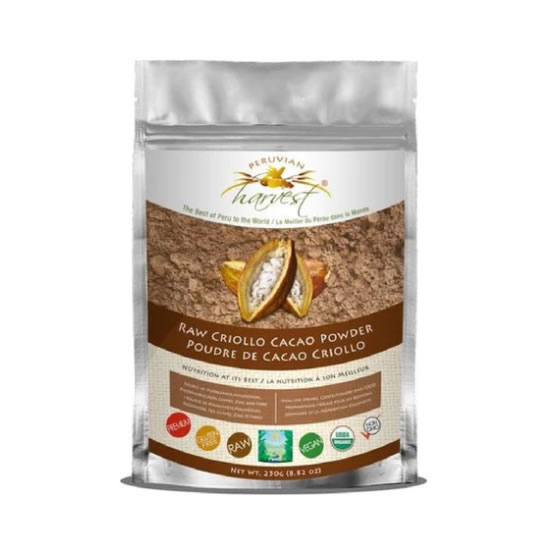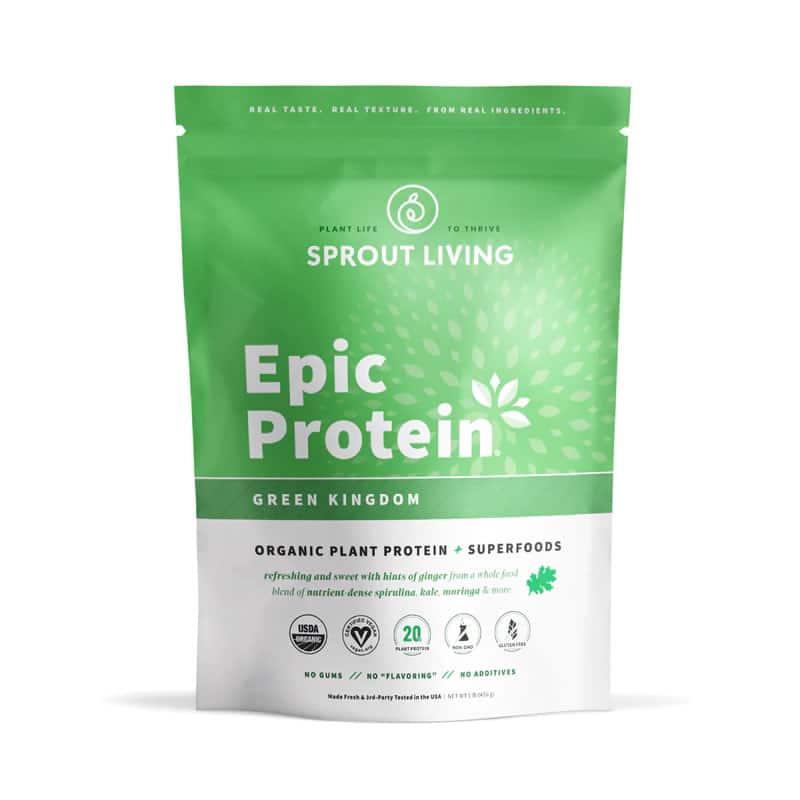No products in the cart.
Stevia (Stevia rebaudiana, Eupatorium rebaudianum)
Naturally sweetens, lowers blood sugar, increases urination, lowers blood pressure, reduces inflammation, dilates blood vessels, kills fungi, bacteria and viruses. Stevia is a perennial shrub that grows up to 1 m tall and has leaves 2-3 cm long. It belongs to the Aster family, which is indigenous to the northern regions of South America. Stevia is still found growing wild in the highlands of the Amambay and Iguacu districts (a border area between Brazil and Paraguay). It is estimated that as many as 200 species of Stevia are native to South America; however, no other Stevia plants have exhibited the same intensity of sweetness as S. rebaudiana. It is grown commercially in many parts of Brazil, Paraguay, Uruguay, Central America, Israel, Thailand, and China.
For hundreds of years, indigenous peoples in Brazil and Paraguay have used the leaves of stevia as a sweetener. The Guarani Indians of Paraguay call it kaa jhe and have used it to sweeten their yerba mate tea for centuries. They have also used stevia to sweeten other teas and foods and have used it medicinally as a cardiotonic, for obesity, hypertension, and heartburn, and to help lower uric acid levels. In addition to being a sweetener, stevia is considered (in Brazilian herbal medicine) to be hypoglycemic, hypotensive, diuretic, cardiotonic, and tonic. The leaf is used for diabetes, obesity, cavities, hypertension, fatigue, depression, sweet cravings, and infections. The leaf is employed in traditional medical systems in Paraguay for the same purposes as in Brazil.
Europeans first learned about stevia in the sixteenth century, when conquistadores sent word to Spain that the natives of South America were using the plant to sweeten herbal tea. Since then stevia has been used widely throughout Europe and Asia. In the United States, herbalists use the leaf for diabetes, high blood pressure, infections, and as a sweetening agent. In Japan and Brazil, stevia is approved as a food additive and sugar substitute. Western interest in stevia began around the turn of the nineteenth century, when researchers in Brazil started hearing about a plant with leaves so sweet that just one leaf would sweeten a whole gourd full of bitter yerba mate tea. It was first studied in 1899 by Paraguayan botanist Moises S. Bertoni, who wrote some of the earliest articles on stevia (in the early 1900s).
Over 100 phytochemicals have been discovered in stevia since. It is rich in terpenes and flavonoids. The constituents responsible for stevia’s sweetness were documented in 1931, when eight novel plant chemicals called glycosides were discovered and named. Of these eight glycosides, one called stevioside is considered the sweetest – and has been tested to be approximately 300 times sweeter than sugar. Stevioside, comprising 6-18% of the stevia leaf, is also the most prevalent glycoside in the leaf. Other sweet constituents include steviolbioside, rebausiosides A-E, and dulcoside A.
The main plant chemicals in stevia include: apigenin, austroinulin, avicularin, beta-sitosterol, caffeic acid, campesterol, caryophyllene, centaureidin, chlorogenic acid, chlorophyll, cosmosiin, cynaroside, daucosterol, diterpene glycosides, dulcosides A-B, foeniculin, formic acid, gibberellic acid, gibberellin, indole-3-acetonitrile, isoquercitrin, isosteviol, jhanol, kaempferol, kaurene, lupeol, luteolin, polystachoside, quercetin, quercitrin, rebaudioside A-F, scopoletin, sterebin A-H, steviol, steviolbioside, steviolmonoside, stevioside, stevioside a-3, stigmasterol, umbelliferone, and xanthophylls. The great interest in stevia as a non-caloric, natural sweetener has fueled many studies on it – including toxicological ones.
The main sweet chemical, stevioside, has been found to be nontoxic in acute toxicity studies with rats, rabbits, guinea pigs, and birds. It also has been shown not to cause cellular changes (mutagenic) or to have any effect on fertility. The natural stevia leaf also has been found to be nontoxic and has no mutagenic activity. Studies conflict as to the effect of stevia leaf on fertility. The majority of clinical studies show stevia leaf to have no effect on fertility in both males and females. In one study, however, a water extract of the leaf was shown to reduce testosterone levels and sperm count in male rats. Brazilian scientists recorded stevioside’s ability to lower systemic blood pressure in rats in 1991. Then in 2000, a double-blind, placebo-controlled study was undertaken with 106 Chinese hypertensive men and women. Sixty subjects were given capsules containing stevioside (250 mg) or placebo thrice daily and followed up at monthly intervals for one year.
After three months, the systolic and diastolic blood pressure of the stevioside group decreased significantly and the effect persisted over the whole year. The researchers concluded, “This study shows that oral stevioside is a well tolerated and effective modality that may be considered as an alternative or supplementary therapy for patients with hypertension.” Another team of scientists tested the hypoglycemic effects of the individual glycoside chemicals in stevia and attributed the effect on glucose production to the glycosides steviol, isosteviol, and glucosilsteviol. The main sweetening glycoside, stevioside, did not produce this effect.
Researchers in Denmark published a study (in 2000) which demonstrated that the in vitro hypoglycemic actions of stevioside and steviol are a result of their ability to stimulate insulin secretion via a direct action on beta cells. They concluded, “Results indicate that the compounds may have a potential role as antihyperglycemic agents in the treatment of type 2 diabetes mellitus.” Stevia’s effects and uses as a heart tonic to normalize blood pressure levels, to regulate heartbeat, and for other cardiopulmonary indications first were reported in rat studies (in 1978). Following these studies, a crude extract of stevia demonstrated hypotensive activity in a 1996 clinical study with rats, showing that at dosages higher than used for sweetening purposes, [stevia extract] is a vasodilator agent in normo- and hypertensive animals.”
In humans, a hot water extract of the leaf has been shown to lower both systolic and diastolic blood pressure. Several earlier studies on both stevia extracts, as well as its isolated glycosides, demonstrated this hypotensive action (as well as a diuretic action). In hypertensive rats the leaf extract increased renal plasma flow, urinary flow, sodium excretion and filtration rate. In addition to its studied hypotensive effects, a Brazilian research group demonstrated that water extracts of stevia leaves had a hypoglycemic effect and increased glucose tolerance in humans, reporting that it “significantly decreased plasma glucose levels during the test and after overnight fasting in all volunteers.” In another human study, blood sugar was reduced by 35% 6-8 hours after oral ingestion of a hot water extract of the leaf.
In other research, stevia has demonstrated antimicrobial, antibacterial, antiviral, and antiyeast activity. A water extract was shown to help prevent dental cavities by inhibiting the bacteria Streptococcus mutans that stimulates plaque formation. Additionally, a U.S. patent was filed in 1993 on a extract of stevia that claimed it to have vasodilatory activity and deemed it effective for various skin diseases (acne, heat rash, pruritis) and diseases caused by blood circulation insufficiency. For nearly 20 years, millions of consumers in Japan and Brazil, where stevia is approved as a food additive, have been using stevia extracts as safe, natural, non-caloric sweeteners.
Japan is the largest consumer of stevia leaves and extracts in the world, and there it is used to sweeten everything from soy sauce to pickles, confections, and soft drinks. Even multinational giants like Coca-Cola and Beatrice Foods use stevia extracts to sweeten foods (as a replacement for NutraSweet and saccharin) for sale in Japan, Brazil, and other countries where it is approved as a food additive. Not so in the United States, however, where stevia is specifically prohibited from use as a sweetener or as a food additive. Why? Many people believe that the national non-caloric sweetener giants have been successful in preventing this all-natural, inexpensive, and non-patentable sweetener from being used to replace their patented, synthetic, more expensive sweetener products. Today, stevia leaves and leaf extracts are commonly found in most health food stores, however; they may only be sold in the United States as dietary/herbal supplements, not as food additives or sweeteners.
In fact, in 1991 the Food and Drug Administration (FDA) even banned all imports of stevia into the country.33 This political move was viewed by many to have monetary ties to the sweetener industry, which stood to lose a lot – and it created a huge public outcry in the natural products industry. The import ban was lifted in 1995 after much lobbying led by the American Herbal Products Association and other industry leaders. This allowed stevia to be sold as a dietary supplement under new legislation called the Dietary Supplement Health and Education Act of 1994. The FDA, in one of its more politically incorrect debacles of this century, has ruled that stevia is presumed safe as a dietary supplement but is considered unsafe as a food additive. This incongruity openly protects the profit margins of the “sweetener giants.”
In the words of Rob McCaleb, president of the Herb Research Foundation and member of the President’s Commission on Dietary Supplements, “The FDA may have painted itself into a corner on this one. Its policy simply makes no sense.” Stevia leaf (at dosages higher than used for sweetening purposes) has been documented to have a hypoglycemic effect. Those with diabetes should use high amounts of stevia with caution and monitor their blood sugar levels as medications may need adjusting. Stevia leaf has been documented to have a hypotensive, or blood pressure lowering effect (at dosages higher than used for sweetening purposes) . Persons with low blood pressure and those taking antihypertensive drugs should avoid using large amounts of stevia and monitor their blood pressure levels accordingly for these possible effects. Drug Interactions: In large amounts, it may potentiate antihypertensive and antidiabetic medications.
The above text has been quoted from the book Herbal Secrets of the Rainforest by Leslie Taylor.







